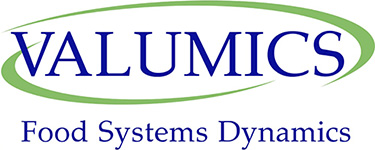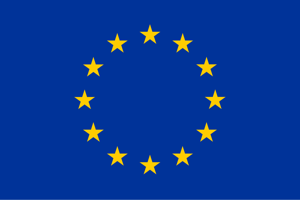
Authors: Ingunn Y. Gudbrandsdóttir 1, Gudrun Olafsdottir 1, Gudmundur Valur Oddsson 1, Hlynur Stefansson 2 and Sigurdur G. Bogason 1.
* Correspondence: iyg1@hi.is
Abstract
Fairness issues within food systems are of increasing concern for policy makers and other stakeholders. Given the topicality and policy relevance of fairness within food systems, there is value in exploring the subject further. Simulation modelling has been successfully used to develop and test policy interventions. However, the subjectivity and intangibleness of fairness perceptions make them difficult to operationalize in a quantitative model. The objective of this study is to facilitate research on fairness in food systems using simulation modelling by defining the social construct of fairness in model operational terms. The operationalization is conducted in two steps. First, the construct of fairness is conceptually defined in terms of its dimensions, antecedents, and consequences using the literature on interorganizational fairness. Then, by focusing specifically on fairness issues within food systems, the conceptual definition is used as a basis for the identification of proxy indicators of fairness. Seven groups of factors related to fairness perceptions were identified during the conceptualization phase: financial outcomes, operational outcomes, power, environmental stability, information sharing, relationship quality, and controls. From these factor groups, five indicators of fairness that are operational in a quantitative model were identified: profit margin as an indicator of distributive fairness and four indicators of procedural fairness related to market power and bargaining power.

